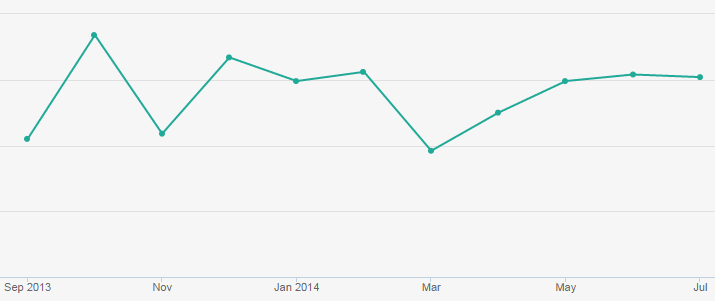Marketing KPIs & Benchmarks for 2026
We work with B2B leaders every day who have extensive marketing data, but don't know what to make of it. It's hard to know you're on track to meet...
2 min read
John Veckerelli Tue, Sep 16, 2014

You’ve probably heard that quality content will serve as a magnet to attract visitors to your website. Once on your site, the visitor will (ideally) provide minimal information in order to download your valuable content.
If you’re not sold on the idea of content marketing, often called inbound marketing, you might consider our experience with a single blog post, two Calls-To-Action (CTAs) and two Landing Pages.
Support for product launches is an important service we provide clients. Our blog post, “Product Launch Plan & Communication: A Guide,” posted on July 1, 2013, is right in line with our experiences with customers. The product launch post gained early traction and continues to be popular today – producing 27% of total website traffic and over 50% or our web leads over 14 months.
In addition to the blog post’s continued lead generation, we have been able to consistently rank in the top 5 for a set of primary keywords and long-tail keywords, providing an on-going supply of new prospects via organic search (which has the lowest lead acquisition cost).
Landing Page Views: A consistent performer

Conversion Rate: A 50+% conversion rate validates content quality

As a HubSpot client and certified partner, our team is well-practiced and many are certified in inbound marketing best practices. To further reinforce the notion that inbound marketing isn’t dumb luck, let’s look at some blogging and lead follow-through best practices:
There’s no magic here, just really solid best practices and a very helpful platform from HubSpot. You can achieve the same inbound lead generation success with your business. Talk to a PLS principal to learn how. Or request a demo or free 30-day trial of HubSpot.

We work with B2B leaders every day who have extensive marketing data, but don't know what to make of it. It's hard to know you're on track to meet...

Get a Competitive Edge with Comprehensive AI & GEO Insights If you are beginning to notice an erosion in organic traffic and leads, it may be time to...

Updated on 6/10/24 The 80/20 rule or Pareto principle, is a long-standing business strategy that a lot of companies are applying right now to...